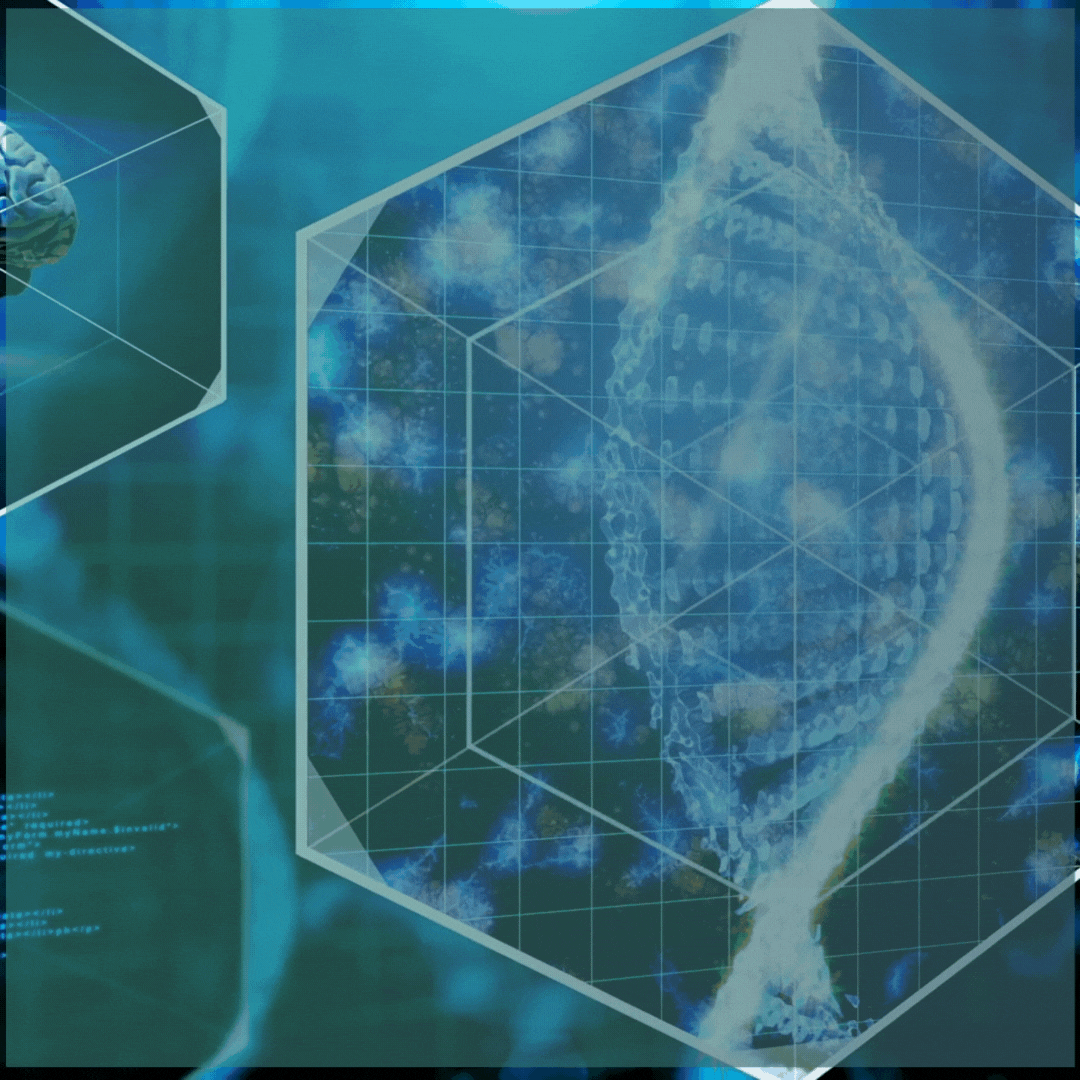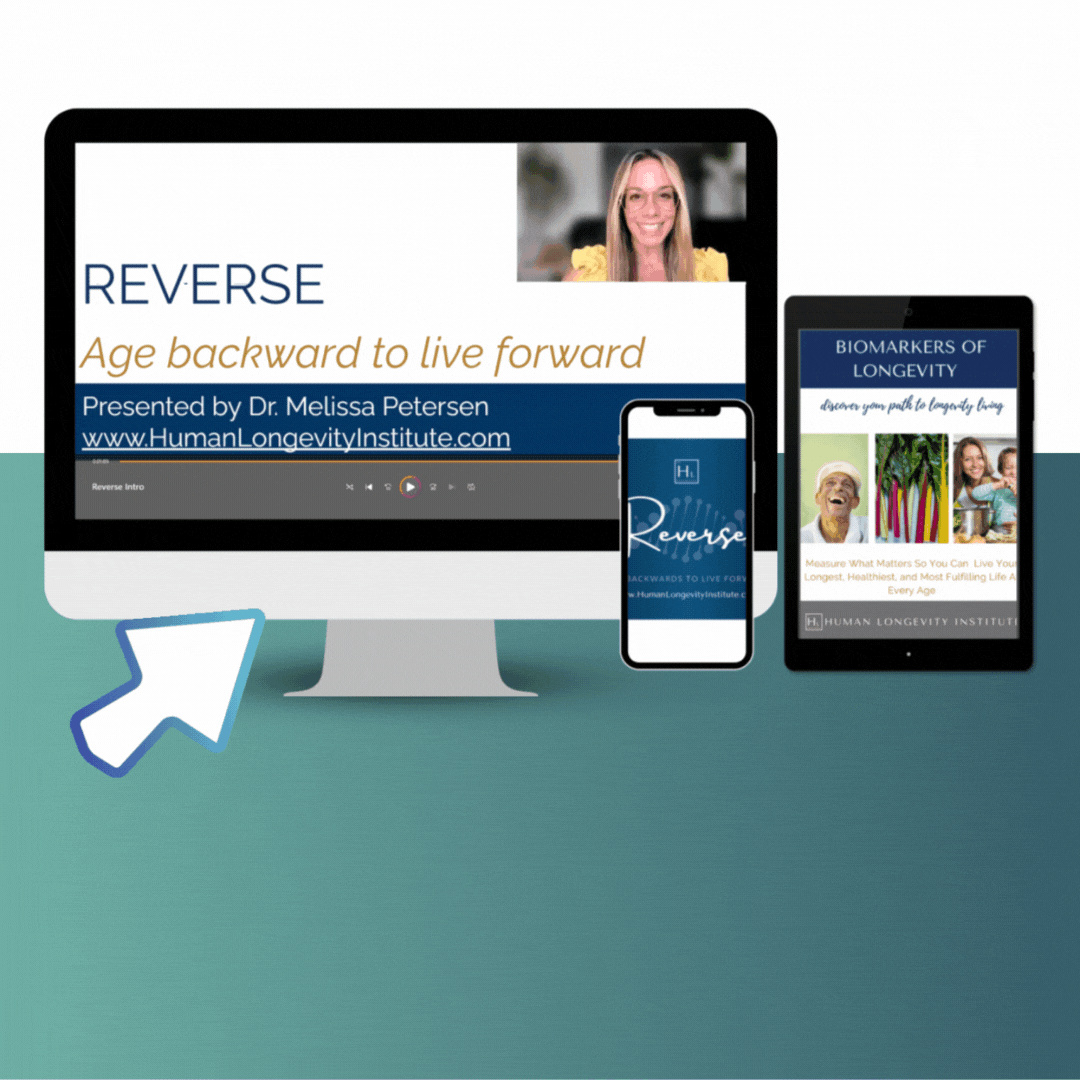The Autophagy Longevity Advantage: How to Live Better- Longer
In the quest for longevity, science has unearthed a pivotal process that plays a crucial role in our health and lifespan: autophagy. This natural mechanism, occurring in our cells, holds the key to slowing biological aging and enhancing healthspan. But what exactly is autophagy, how does it affect aging, and most importantly, what can we do to harness its power for a longer, healthier life?
What is Autophagy?
Autophagy, a term derived from the Greek words for “self” (auto) and “eating” (phagy), is a cellular housekeeping process. It involves the breakdown and recycling of damaged cell components, misfolded proteins, and pathogens, making room for new cell parts and enhancing cellular function. This process is vital for maintaining cellular health, responding to stress, and preventing the accumulation of cellular debris that can lead to diseases.
Autophagy and Biological Aging
The relationship between autophagy and aging is a focal point of longevity research. As we age, the efficiency of the autophagy process tends to decline, leading to the accumulation of damaged cells and tissues. This decline contributes to many aging-related diseases, such as Alzheimer’s disease, cancer, and heart disease. Conversely, enhancing autophagy has been shown to slow the aging process in animal models, leading to extended lifespan and improved healthspan.
Enhancing Autophagy for a Longer, Healthier Life
The good news is that certain lifestyle choices and interventions can promote autophagy, offering a practical approach to slow aging and improve health. Here are several strategies that the average person can adopt:
Fasting and Caloric Restriction: Intermittent fasting and caloric restriction have been shown to activate autophagy. Intermittent fasting (IF) is a dietary regimen that alternates between periods of eating and fasting and is acclaimed for its ability to promote health and longevity. Periods of fasting mimic the evolutionary periods of feast and famine, signaling the body to clean out damaged cells and regenerate new ones.
Energy Deprivation and Cellular Response
The fundamental trigger for autophagy during intermittent fasting is the state of energy deprivation. When the body is not receiving food, energy stores, particularly glucose and glycogen, begin to deplete. The decrease in available glucose leads to a reduced insulin level and an increased glucagon level, signaling a state of low energy availability.
Activation of AMPK
One of the primary pathways activated during intermittent fasting is the AMP-activated protein kinase (AMPK) pathway. AMPK is an energy sensor in cells. When energy levels (ATP) are low, AMPK is activated. Once activated, AMPK initiates several processes to generate more ATP and simultaneously promotes catabolic pathways that break down cellular components for energy. This includes the activation of autophagy. AMPK directly stimulates the formation of autophagosomes, the structures that encapsulate cellular components to be degraded.
Inhibition of mTOR
Simultaneously, intermittent fasting leads to the inhibition of the mechanistic target of rapamycin (mTOR) pathway. mTOR is another critical nutrient-sensing pathway that promotes cell growth and proliferation when nutrients are abundant but suppresses autophagy. During fasting, decreased levels of amino acids and growth factors lead to the inhibition of mTOR activity. The suppression of mTOR removes the inhibitory effect on autophagy, allowing increased autophagic activity.
Role of Sirtuin Proteins
Another significant player in this process is the sirtuin family of proteins, particularly SIRT1, which is activated in response to reduced caloric intake and increased NAD+ levels during fasting. SIRT1 deacetylates several substrates involved in metabolic regulation and stress responses, including components of the autophagy machinery. This deacetylation further promotes the progression of autophagy, enhancing the clearance of damaged proteins and organelles.
Cross-talk Between Pathways
There is considerable cross-talk between these pathways. For example, AMPK can directly phosphorylate and activate components of the autophagy-initiating complex while inhibiting mTOR, creating a robust response that ensures the autophagic machinery is active during periods of low nutrient availability. Similarly, SIRT1 can interact with both AMPK and mTOR pathways to enhance their effects on promoting autophagy.
Exercise: Regular physical activity, particularly high-intensity interval training (HIIT) and endurance exercise, can stimulate autophagy. Exercise induces stress on the cells, prompting them to start the autophagy process to repair and remove damaged components.
Exercise is not only crucial for overall health but also acts as a potent stimulator of autophagy, helping to maintain cellular health and function. The induction of autophagy by exercise involves multiple cellular pathways, responding to changes in energy balance, mechanical stress, and hormonal signals. Let’s explore how physical activity triggers this vital cellular process.
Energy Stress and AMPK Activation
One of the primary triggers of autophagy during exercise is the increase in energy demand, which creates a state of energy stress within cells, particularly in muscle cells. To meet this energy demand, cells activate AMP-activated protein kinase (AMPK), a critical energy sensor. AMPK activation during exercise is primarily due to an increased AMP/ATP ratio as the muscles use up ATP at a faster rate than it can be regenerated.
Once activated, AMPK initiates several downstream effects:
- Enhances glucose uptake and fatty acid oxidation: To provide immediate energy sources for the working muscles.
- Promotes autophagy: AMPK directly stimulates the formation of autophagosomes by phosphorylating key proteins involved in the initiation of autophagy. This includes the ULK1 complex, which is crucial for the nucleation of autophagosomes.
Reduction in mTOR Activity
Exercise also leads to a temporary reduction in the activity of the mechanistic target of rapamycin (mTOR), especially in muscle tissue. mTOR generally acts as a nutrient sensor and growth regulator that inhibits autophagy when nutrients are abundant and growth conditions are favorable. During exercise, the natural decrease in cellular energy and nutrient levels leads to reduced mTOR signaling, thereby lifting its inhibitory effect on autophagy.
Role of Reactive Oxygen Species (ROS)
Moderate exercise induces the production of reactive oxygen species (ROS) within cells. While high levels of ROS can be damaging, the moderate increase seen in exercise can act as a signal to promote cellular defense mechanisms, including autophagy. ROS have been shown to modify autophagy-related proteins and membranes, facilitating the autophagic process. This is crucial for removing damaged proteins and organelles, thus maintaining cellular integrity and function.
Calcium Signaling
Exercise-induced muscle contraction results in fluctuations in intracellular calcium levels. Calcium serves as a second messenger in various signaling pathways and has been implicated in the regulation of autophagy. Increased intracellular calcium can activate calcium/calmodulin-dependent kinase kinase β (CaMKKβ), which is another activator of AMPK, further enhancing autophagic activity.
Exercise Type and Intensity
The extent to which autophagy is induced by exercise can vary based on the type and intensity of the activity:
- Aerobic Exercise: Activities like running, cycling, and swimming are particularly effective at inducing systemic autophagy, especially in skeletal muscle, liver, and adipose tissue.
- Resistance Training: Although traditionally associated with mTOR activation due to its growth-promoting effects, resistance exercise also induces autophagy, particularly when performed at high intensity with short rest periods.
Eat Autophagy-Promoting Foods: Certain foods are believed to enhance autophagy, including foods rich in spermidine (such as mushrooms, soy products, and aged cheese) and polyphenols (found in berries, nuts, and green tea). Incorporating these foods into your diet can potentially boost the autophagy process.
Spermidine and Autophagic Regulation
Spermidine has been identified as a potent inducer of autophagy through multiple mechanisms. It can inhibit acetyltransferase, leading to hypoacetylation of histone proteins and promoting autophagy gene expression. Furthermore, spermidine can directly activate the AMPK pathway while inhibiting the mTOR pathway, thereby promoting autophagic processes. This has implications not just for aging but also for cancer prevention, cardiovascular health, and neuroprotection.
Manage Stress: Chronic stress can hinder autophagy, so managing stress through mindfulness practices, yoga, and meditation can support the body’s natural repair mechanisms.
Get Sufficient Sleep: Quality sleep is essential for autophagy. During sleep, the brain clears out toxins and damaged cells in a process that supports overall health and cognitive function.
The Future of Autophagy and Longevity
As research progresses, our understanding of autophagy and its impact on aging continues to deepen. Innovations in science may soon provide more precise strategies for enhancing autophagy, potentially offering new avenues for extending healthspan and lifespan. The pursuit of a longer, healthier life is a complex journey, but understanding and leveraging the process of autophagy provides a promising pathway toward achieving ageless vitality.
#AutophagyAdvantage #LongevityScience #ExerciseAutophagy #IntermittentFasting #CellularHealth #AgingScience #SpermidineBenefits #HealthyAging #LifespanExtending #HealthspanHacks #AMPKactivation #mTORinhibition #FastingForHealth #StressFreeLiving #OptimizeAutophagy #BiohackingLongevity #NutritionAndLongevity #FitnessMotivation #WellnessJourney#ScienceOfWellbeing







